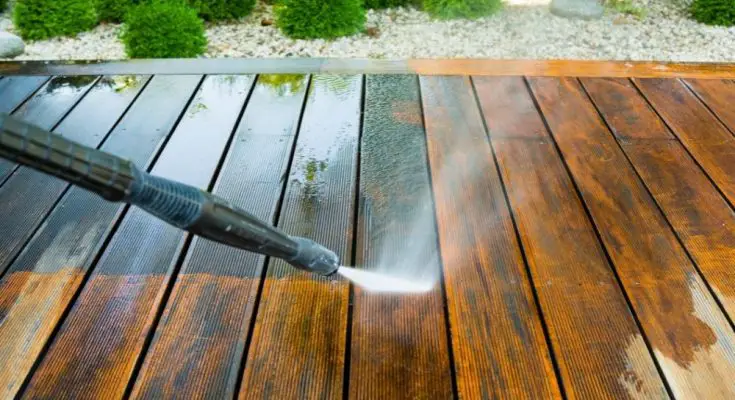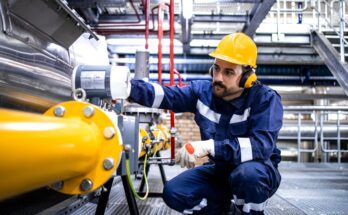Pressure washing and power washing—their names are eerily similar. What’s the difference between them? Are there any differences between them, or are they two names for the same thing?
Both pressure washing and power washing are reliable methods for cleaning tough stains and tricky surfaces. But despite sharing a handful of similarities, they aren’t synonymous. To help you choose the correct cleaning method, we discuss the subtle differences between pressure washing vs. power washing.
Which One Should I Use To Clean?
The main difference between pressure washing vs. power washing is the temperature of the water they use. Pressure washing uses a normal water temperature and high pressure to clean. On the other hand, power washing uses a high water temperature and low pressure to clean.
Both methods are safe to use on buildings and other stubbornly stained surfaces. So how do you choose between them? Here’s when to use pressure washing and when to use power washing.
Pressure Washing
Pressure washers pack a real punch! These machines do an excellent job at effectively and quickly cleaning large surfaces like driveways, exterior facades, parking lots, sidewalks, and vehicles.
Another benefit of pressure washers is their versatility. They come with various nozzles suited to different purposes, including a soap nozzle that allows you to mix cleaning chemicals with the water stream.
You should note that pressure washing is dangerous, though. The pressurized water stream is forceful enough to peel off the skin! For this reason, pressure washing is best to leave to the pros.
Power Washing
The heated water of power washers makes them ideal for eradicating tough stains from various them, including chewed gum, grease, mildew, mold, and salt.
Because power washers use a normal pressure level, they’re safe for regular homeowners and business owners to use. They’re also gentle on delicate surfaces, such as windows and vinyl, aluminum, and wood siding.



